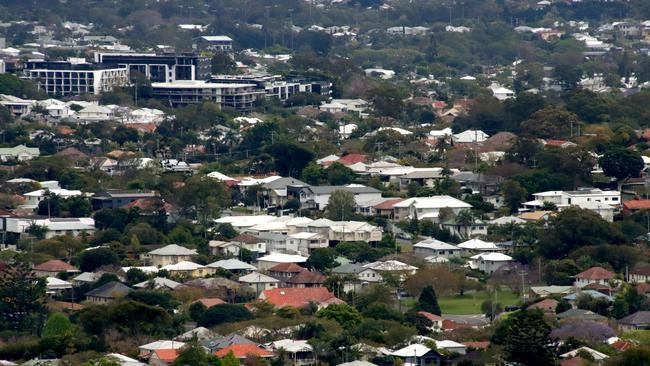
Detailed research into the annual performance of each asset class over the last two decades conducted by asset consulting firm Atchison shows that direct property has returned an average 10.2 per cent over those 20 years. Not far behind were Australian equities at 8.9 per cent.
Smaller Australian investors have participated fully in the share price rises, but it has been more scary ride than direct property given the daily fluctuations.
While there are a number of unlisted direct property funds that are available to smaller investors, for most their direct property investment is usually either incorporated into their business or via investment houses – which have performed well.
Portfolio property investment is usually via listed property trusts.

In theory, Australian listed property trusts should match the performance of direct property because they invest in similar assets. But sadly listed property trusts have become market gambling counters for stock market speculators and move dramatically up and down in accordance with interest rates, and other market factors.
Part of their problem is that many have too much leverage and are involved in property development.
In six of the last 20 years, local REITs have shown a negative return, including a thumping 54 per cent decline in 2008 and a nasty 20 per cent fall in 2022. By contrast, direct property had only two declines – a 13 per cent fall decline in 2009, which was one year after the 54 per cent REITs disaster, and a three per cent fall in 2020.
Last year underlined the basic difference. REITs fell 20 per cent, while direct property jumped by 11 per cent. That big 2022 REITs fall followed a 26 per cent jump in 2021 and a five per cent fall in 2021.
Many share brokers say the real value of property is expressed in the listed property trusts, and property valuations behind direct property relate to past sales and don’t always reflect up-to-date valuations.
But the real value of property simply didn’t rise by 26 per cent in one year and fall 20 the next year.
The Australian listed property trust movement needs to have a hard look at its structure and how it relates to the marketplace. It shouldn’t be a gambling counter.
On my recollection, there have been at least two occasions when the fall in listed property trusts actually turned out to be a forerunner of a big decline in direct property – in the early 1960s and again around 1989.
Both were outside the 20-year span of the Atchison survey and were a reflection of an extended deep recession in the Australian economy.
Part of the reason direct property performs is that institutions continue to buy, but direct property has been shown to be vulnerable if there is a sustained decline in the Australian economy. But, of course, shares are also pummelled.
Atchison says 2022 was the worst annual period in the last 20 years for the number of asset classes that were able to deliver a return above inflation.
Even in 2008 at the epicentre of the Global Financial Crisis, six asset classes – three bond assets, cash, direct property, and commodities – outperformed the CPI.
Aside from commodities and direct property, only cash was in the black in 2022.
Commodities have been a fascinating performer, with 2022 becoming the second consecutive year that commodities have headed the list, chalking up a 17 per cent rise in 2022 following a massive 34 per cent rise in 2021.
But Atchison principal Kevin Toohey points out that over the 20 years, while commodities have topped the poll six times, they have also come last in seven times.
Commodities have periods at the top of the table are typically followed by periods at the bottom. China plays a big role.







Suddenly it is apparent why industry superannuation funds outperformed most of the retail funds and many self-managed funds – they were major investors in direct property. Over the last 20 years, direct property has been the best performing asset class.